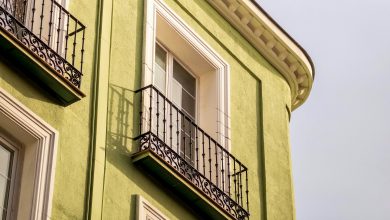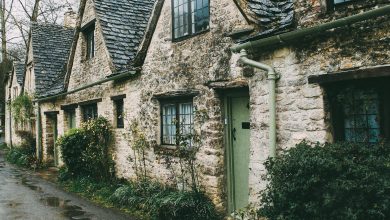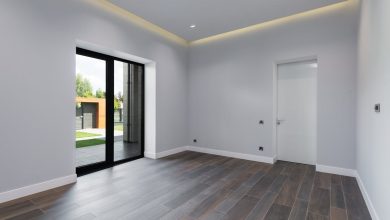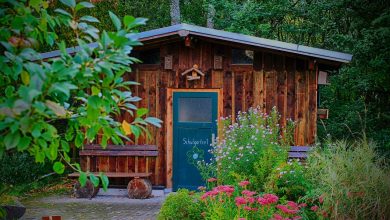Silicone Rendering: its Advantages and Tips for Applying
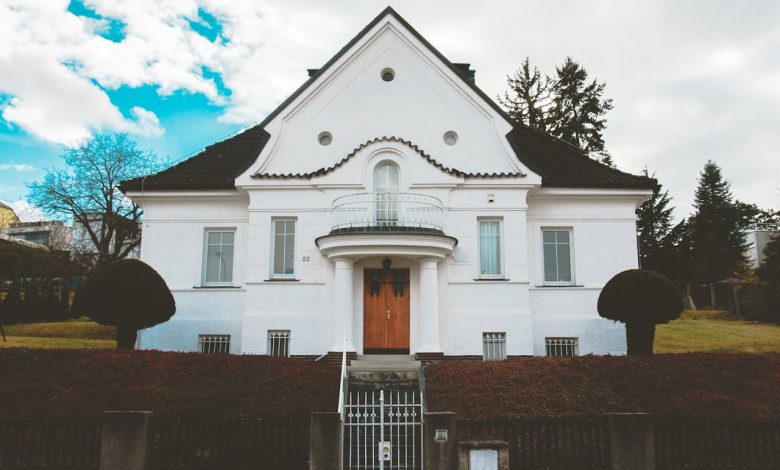
Renders have existed for thousands of years, and during this time many variations have been invented. But silicone render last a long time. How do they differ from their regular counterparts? And is their price justified?
The renders have a complex formula, but the main thing in their composition is silicone resin. It is this that has rid the ancient finishing material of its main drawback – a tendency to crack.
Elasticity
So, the first and main advantage of silicone renders is elasticity. The material firmly adheres to the walls when the house “moves” due to seasonal soil movements or other deformations. Traditional renders, even the highest quality ones, often do not withstand such tests, and after 2-4 years require repairs at best, and replacement at worst.
By the way, silicone renders are an excellent way out of the situation when you need to finish a newly built house. As you know, shrinkage processes are especially strong in the first years of operation, and ordinary leveling mixtures do not last long.
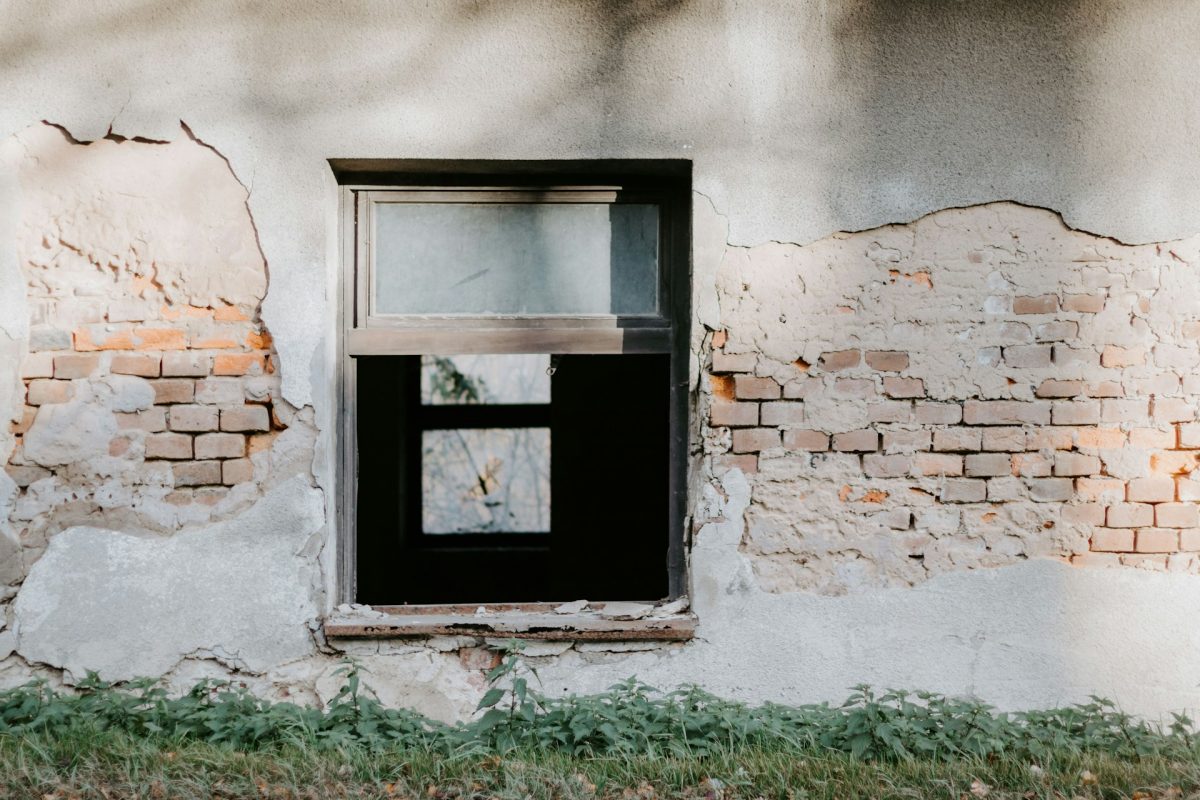
Impervious to moisture
However, elasticity is not the only advantage. After hardening, silicone render becomes impervious to moisture. Moreover, rainwater is beneficial – thanks to it, the facades are self-cleaning. Heavy dirt can be removed by washing with a garden hose.
Breathing
The mineral component provides silicone renders with high vapor permeability. In simple terms, the walls under them “breathe”, which means there is no need to worry about mold formation.
Efflorescence
Manufacturers have managed to rid silicone renders of another problem of mineral materials – efflorescence. Whitish spots on the walls do not form, even if the house is located in a coastal region, where the air is saturated with sea salt.
When drying, silicone render practically does not shrink and does not emit unpleasant odors.
Decorative properties of render
But what about decorative house rendering? First of all, we note that the material is available in many colors. Moreover, it can be tinted, which further expands the designer’s options. The number of shades is in the thousands.
As for the texture, the choice is the same as with conventional renders: “bark beetle” with grooves resembling the passages of a wood-boring beetle, “lamb” with curls similar to sheep’s wool, “Venetian render”, etc.
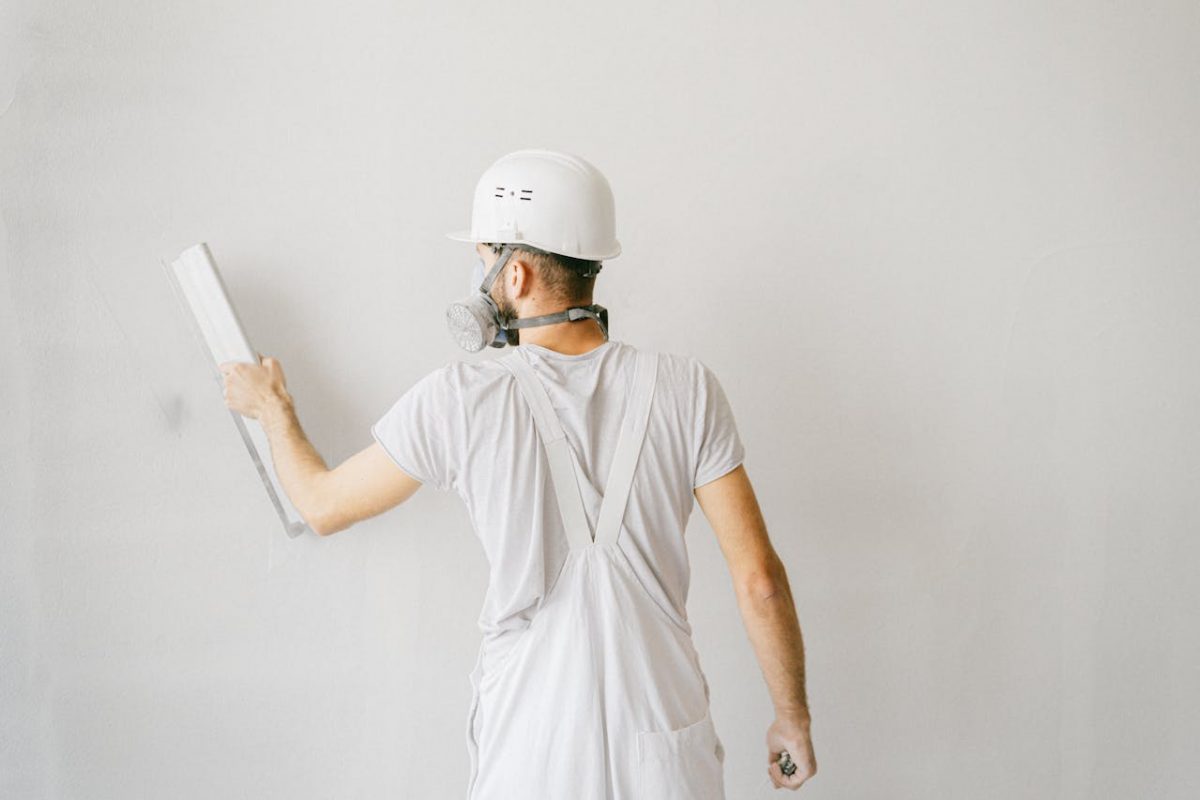
Application technology
Silicone renders are intended for application on mineral surfaces – brick, stone, concrete, renderboard, etc. They can also be used in “wet facade” systems to protect the insulation over the reinforcing mesh.
As in the case of traditional renders, a number of preparatory works must be carried out before finishing, otherwise the expensive material will not last even a couple of years. The walls are thoroughly cleaned of dirt, old paint is removed, if any, large cracks and chips are repaired, and small ones, 1-2 mm deep, are cleaned. It is advisable, and sometimes necessary, to use a primer such as “concrete contact”. It will remove dust from the surface, strengthen it and make it evenly absorbent.
Actually, finishing works can be carried out at temperatures from +5 to +30 ° C. But in hot weather, you need to protect the wall from direct sunlight by installing an awning. If you do not do this, the render will dry too quickly, which will have a negative effect on adhesion and may lead to cracking.
Silicone render is supplied ready for use. It is enough to mix it well, and if it has thickened, add a little water. The viability of the composition is maintained for 30-120 minutes for different manufacturers. It can be applied both manually and using special machines. However, in the second case, you need to choose a material specially designed for this.

